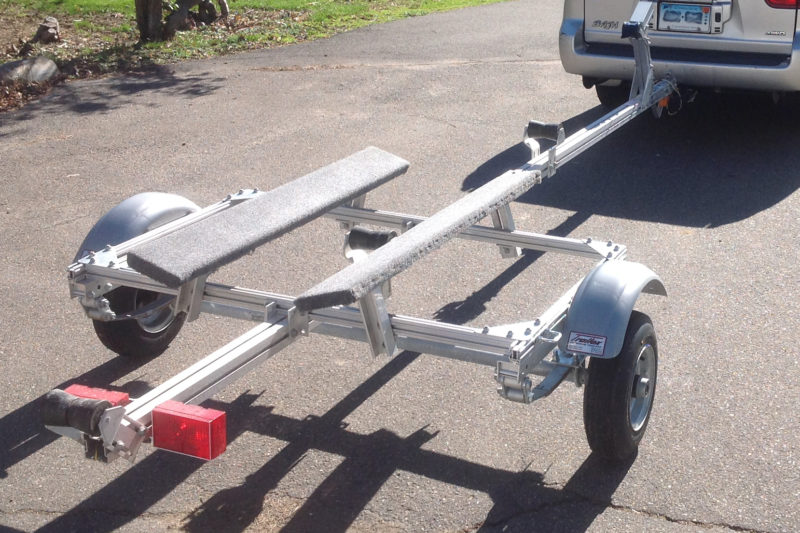 Rodger Swanson
Rodger SwansonT-nuts slide in slotted aluminum box beams for a wide range of adjustments.
I have a small-boat business with an emphasis on tradition-based rowboats and rowing accessories and I usually do the fitting-out of hardware at my shop, often requiring that I pick up the a customer’s boat and return it when the work is completed. Recently, I’ve also been offering custom rowing craft intended for recreational use or racing. These boats range from 15′ to 20′, but they are lightly built and must be handled—and transported—with care. I learned early on that most damage to boat hulls is caused by improper transport, launching, retrieval and/or storage. Damage on the water occurs only up to 10 percent of the time. To avoid any problems in transporting boats, a proper trailer was in order.
Rather than reinvent the wheel, I chose to survey the transport choices my compatriots were making. At races and boat shows the most well-cared-for boats were transported on Trailex Trailers, with the SUT-350-S the apparent favorite.
The Trailex Company, located in Canfield, Ohio, has been offering well-designed and well-constructed aluminum small-boat trailers since 1966. They have national distribution, an excellent reputation for product quality and durability, and excellent customer service. Their SUT-350-S is just one of a score of small-boat trailers. It is 18′6″ long, 4′6″ wide, and weighs 155 lbs. I have two: one is equipped with a jack, winch and spare tire bracket options, and one isn’t, but will soon have those accessories. The 350-S is designed to accommodate boats up to 22′ in length with a maximum weight of 350 lbs. The lightly sprung leaf-spring suspension softens the jolts of bumpy roads.
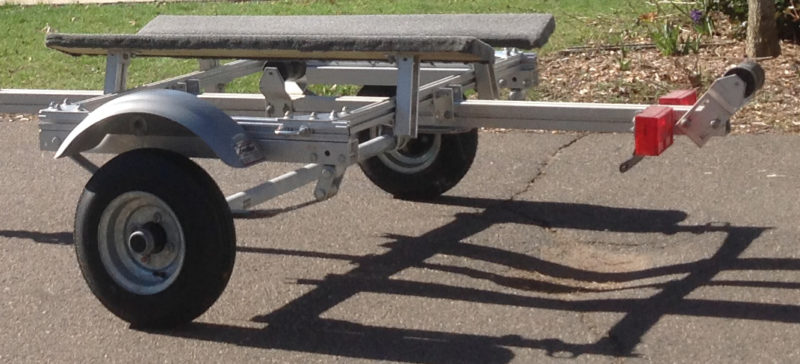 Rodger Swanson
Rodger SwansonDesigned to be sold as kits, Trailex trailer frames are bolted together, not welded. The light springs protect small boats from rough roads.
I’m now into my third year of 350-S ownership and continue to be totally pleased. The trailers allow me to transport my own boats and customers’ boats with perfect confidence. They are easily loaded, balance well and behave predictably and smoothly on the on the highway. The combination of light weight and good balance allows for safe and effective solo loading and unloading—particularly important for me as I work alone most of the time.
Tire pressure is critical: they are designed for 25 psi; any more will cause excessive bounce when on the road. The trailer frame is intended to be close to parallel to the road surface so avoid canting it with a hitch that is too high or too low. Trailex trailers have a low profile, you may have difficulty seeing your rig in your rear view mirrors. I have a pennant on a 4′ fiberglass shaft affixed to the transom of my own boats. This shows up well in the rearview, helpful in maintaining safe distance on the road and in backing up to launch sites.
In my line of work I can’t afford to have boats take a beating on the road. With the 350-S to back me up, life is good!![]()
Rodger Swanson has been in the business of traditional rowing for 40 years. He specializes in hard-to-find accessories for fixed-thwart and sliding-set rowing, including the bailer featured in this issue. His “flagship” product is tallow, a traditional oar-leather and oarlock lubricant; he is currently the only remaining marine tallow producer in North America.
The SUT-350-S sells for $1,146 and is shipped as a kit or available from the Trailex factory for an additional $100.
Is there a product that might be useful for boatbuilding, cruising or shore-side camping that you’d like us to review? Please email your suggestions.
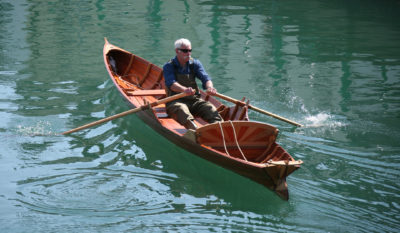
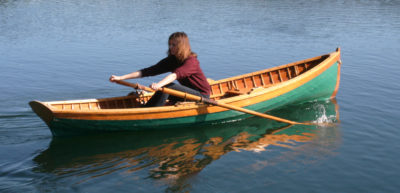

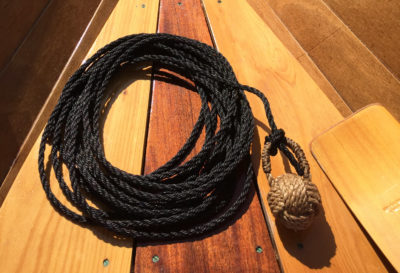
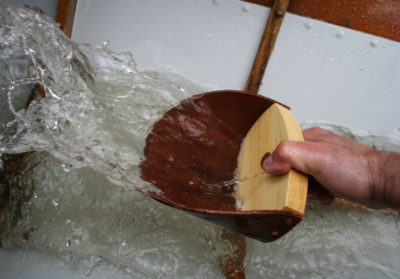
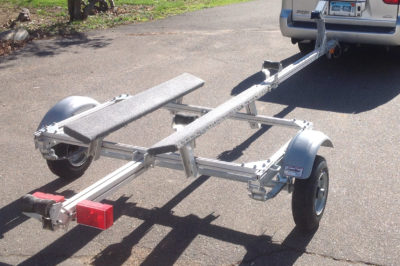
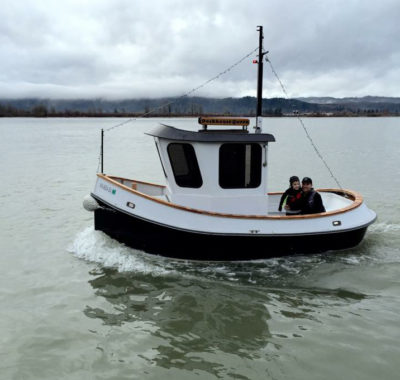
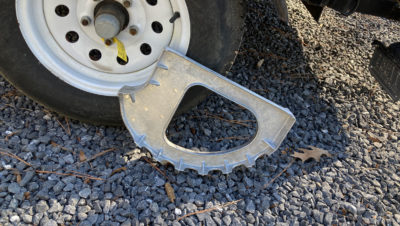
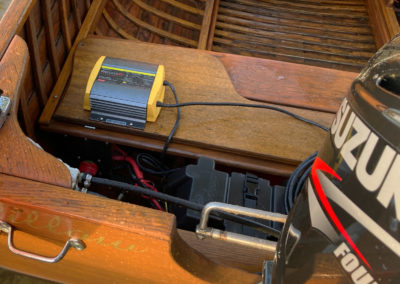
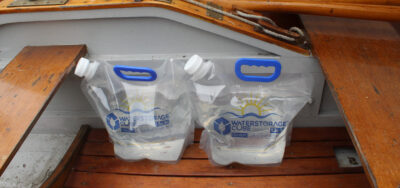
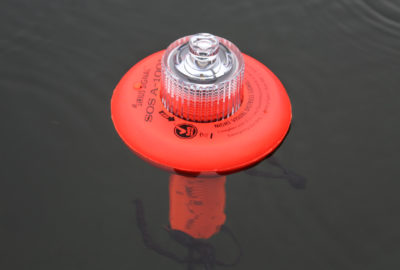
Nice to see a positive review from someone with a few years of experience with Trailex. I purchased one of these last year and am pleased with the versatility and quality. I did get one wheel that bounces, presumably because it is out of balance. Is there a way to balance these small wheels?
I have an SUT-500-S, overall pleased but there are some issues. Good suspension for light boats, and light weight, rust proof aluminum construction are pluses. On the negative side the aluminum brackets for the rollers are sharp edged and can damage a boat that slips off a roller. The small tires are not balanced well for highway speed and difficult to have balanced. The lights are minimal and do not provide much visibility for night travel. The plastic fenders flap about at highway speeds. For the price of these trailers, though, I would expect better out of the box. Trailex customer service was responsive to these issues, including offering to replace my rapidly worn tires, but advised replacements would likely be unbalanced also. After installing bigger highway rated wheels and tires, different roller brackets, adding a light bar to the boat transom, and adding support brackets to the fenders my trailer is good.
Now I don’t feel so bad about having gouged my own boat on the rear roller bracket! Can you tell me more about how you addressed that? And say more about the larger wheels you installed. I agree the lights are a bit minimal. If I traveled in more congested areas or at night I would definitely add more lights to the frame or, as you did, put a light bar on the boat.
Lorenz,
The replacement wheel/tire sets are Kenda 4.80-12: http://www.etrailer.com/p-AM30550.html
They are bigger but do not rub on the fenders and are well balanced at highway speed.
To replace the rear roller bracket I went with a three-roller bar; it was some work and cost to do but makes each launching and recovery much easier. With my 250 lb boat, the trailer wheels do not have to be submerged and the boat self-centers on recovery. A picture is here.
Rick, thanks for the followup. I like the rollers with the extra roller outside the bracket, but my boat would only need one of those. Who makes and sells those?
I’ve used this trailer before and highly recommend it. I assembled mine and one for a friend in roughly an afternoon and the instructions were very clear. Both have been performing well for about 6 years now and I couldn’t be more pleased. They also have a kayak trailer that I am eyeing to help ease the on and off process on my rooftop rack on my SUV, I’m only holding back because of parking concerns.
In any case, definitely recommend this company and their trailers and thanks for the writeup on one of the more esoteric, but necessary aspects of small boat ownership!
I carry my Penobscot 17 on a Trailex trailer. The problem is that with the single-beam construction, the boat rides higher off the ground. As a result, on most ramps I’ve used, I back the car up until the exhaust pipe is blowing bubbles and the boat still isn’t floating. Most ramps are steep enough that at this point I can “power off” the trailer, but the power comes from oars, so it’s a challenge.
I’m curious about the ratings on the leaf spring suspension on the SUT-350-S. What’s the maximum weight are they rated for, individually or together? The carrying capacity of the trailer is 350 lbs, but the suspension will be rated for far more, probably somewhere in the 1000-1250 lb range.
Several of the active TSCA rowers out here in the San Francisco Bay Area have had minor problems with the lighter versions of this trailer, mostly with the aluminum boat support brackets on the SUT-220-S and the fenders. A light bar is significantly safer on all small boat trailers than the low built-in frame lights, and I highly recommend one with LED lights mounted as high on the transom as possible.